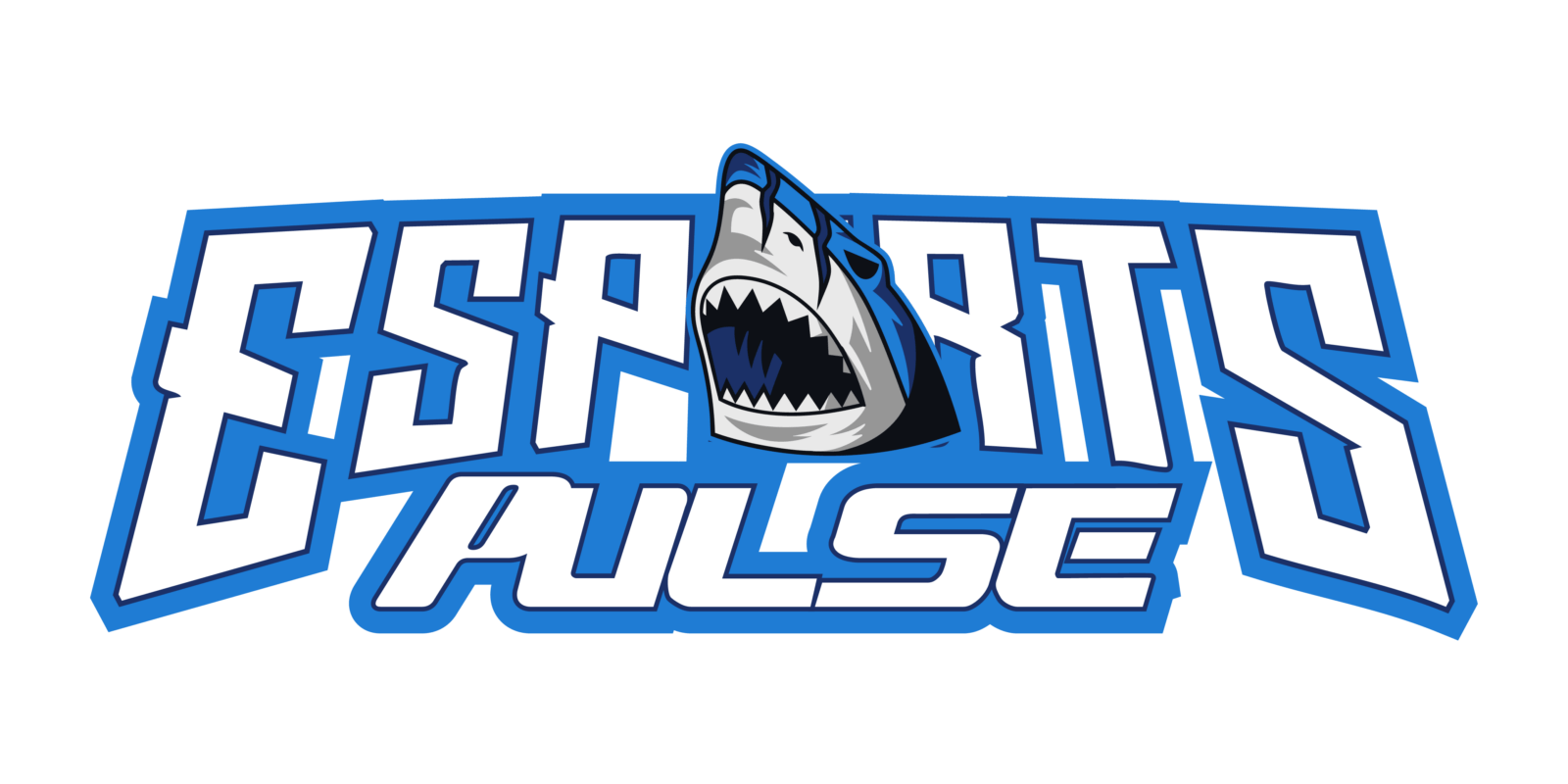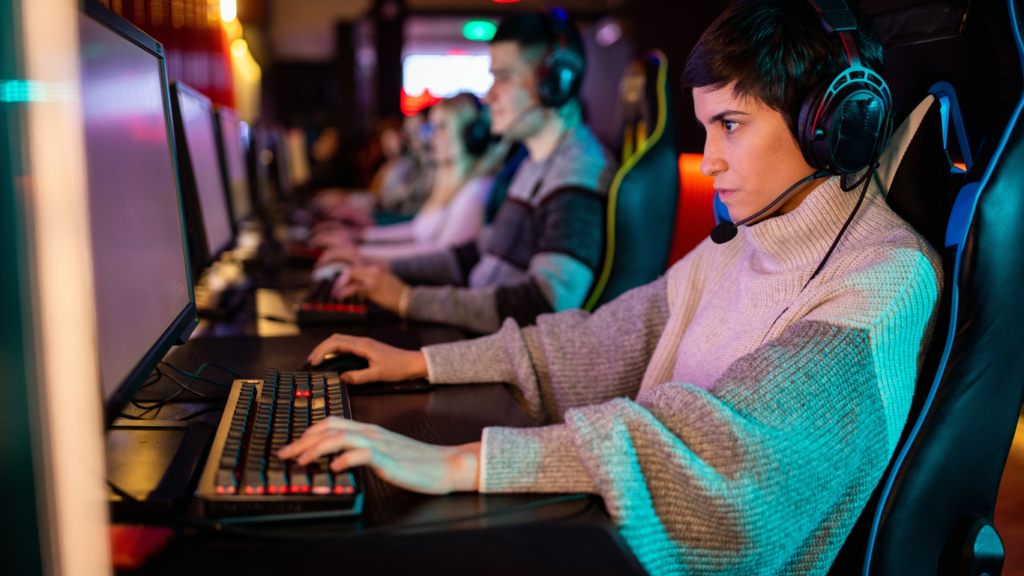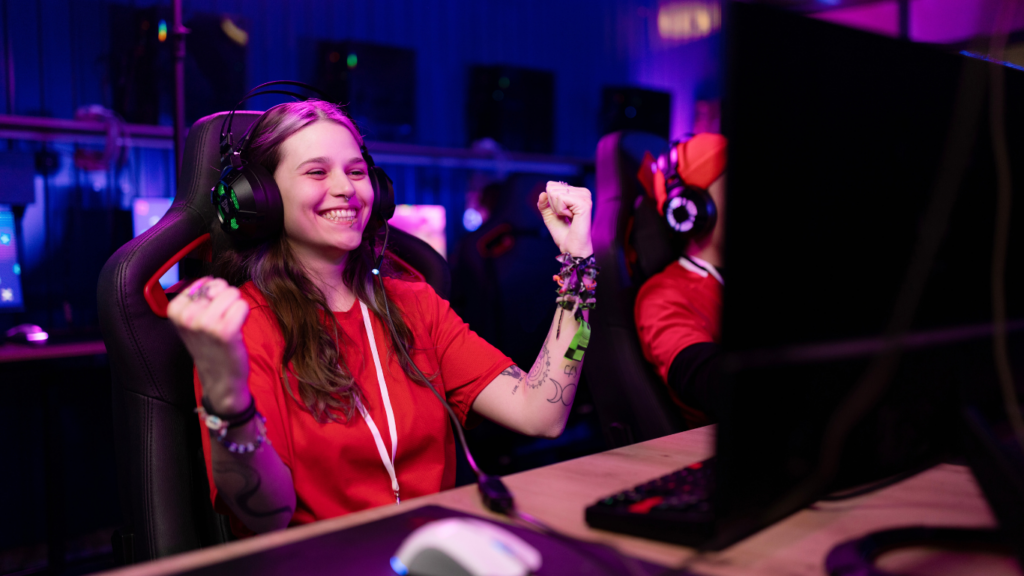Esports has transformed from a niche hobby into a global phenomenon, and with it, the journey of players has evolved in remarkable ways. What once began as casual gaming has now turned into a professional career path, complete with scouting, training, and development systems that rival traditional sports. The rise of esports has redefined what it means to nurture talent in a digital age.
The Rise of Esports and Player Development
Competitive gaming has expanded from niche communities to a global phenomenon. Teams and organizations now invest in structured development to cultivate future stars.
The Growth of Competitive Gaming
Esports revenue reached $1.81 billion in 2022, with viewership exceeding 532 million globally. Major games like League of Legends, Dota 2, and Counter-Strike: Global Offensive host tournaments offering multimillion-dollar prize pools, attracting players from diverse backgrounds. Streaming platforms such as Twitch and YouTube Gaming have amplified visibility, creating lucrative opportunities for players and teams alike.
Large corporations, including Nike and Mercedes-Benz, have partnered with organizations, showcasing the mainstream appeal of esports. Universities worldwide, like the University of California Irvine, now offer scholarships for esports athletes, legitimizing gaming as a professional pathway. This growth has pushed teams to develop systems that enable young players to thrive in competitive environments.
Understanding the Importance of Player Development
Player development ensures raw talent becomes refined skill. Teams rely on:
- coaching staff
- psychologists
- analysts
to build well-rounded players capable of performing under pressure. Scouting networks identify new talent, prioritizing mechanical skill, communication, and adaptability.
Facilities tailored for esports training, such as 100 Thieves’ Cash App Compound, offer comprehensive resources, including physical fitness programs and mental health support. Analytics tools track performance, using metrics like kill/death ratios and reaction times to refine strategies and address weaknesses. This structured approach has made player development an industry cornerstone, ensuring sustainable careers and high-caliber competitions.
From Draft Picks to Superstars: A New Era in Esports

Esports has shifted from informal tournaments to a structured industry resembling traditional sports. The emphasis on scouting, development, and player welfare is transforming aspiring gamers into household names.
The Role of Talent Scouts and Recruitment
Talent scouts have become vital in identifying promising players. Scouts analyze ranked ladders, online leaderboards, and regional tournaments, focusing on mechanics, adaptability, and team synergy. Platforms like FACEIT and Battlefy help streamline the process by hosting competitive events where unsigned players showcase their skills. Recruitment now goes beyond performance, prioritizing attitude, communication, and potential to grow within team dynamics.
Training Camps and Development Programs
Training camps immerse players in intensive skill-building environments. Sessions cover strategy analysis, communication drills, and reaction speed optimization. Game-specific resources, such as Overwatch League Academy teams, provide opportunities for hands-on development. Analytics tools like Mobalytics and Blitz improve gameplay insights, tracking in-game decisions and tendencies to streamline improvement. Programs also emphasize physical and mental health, fostering long-term performance.
The Emergence of Player Support Systems
- Organizations invest in support systems to maintain player well-being.
- Sports psychologists, nutritionists, and fitness trainers address challenges unique to esports, such as sedentary workloads and stress management.
- Dedicated facilities like T1’s training headquarters in Seoul deliver customized setups with ergonomic equipment and high-speed networks.
- Teams also foster mentorship by pairing rookies with veterans, ensuring smoother transitions into the competitive arena.
- For many, these systems sustain their careers and enhance overall gameplay quality, redefining standards in professional gaming.
Challenges in Esports Player Development
Developing esports players poses unique difficulties due to the rapid evolution of the industry and the intense demands on athletes. These challenges impact not only gameplay performance but also long-term player sustainability.
Balancing Performance with Well-being
High-level esports demands relentless practice, often exceeding 10-12 hours daily. Prolonged gaming sessions can result in physical issues like repetitive strain injuries and mental fatigue. Undue stress from competitive pressure also contributes to burnout, with many players retiring by their mid-20s. Teams address this by employing psychologists and wellness professionals, yet balancing intense training schedules with mental health care remains complex.
Sleep deprivation exacerbates these concerns, as irregular working hours disturb circadian rhythms. Without adequate sleep, players may experience performance dips during tournaments. Teams work to mitigate this by structuring schedules to include rest periods, but rising global competition complicates uniform enforcement.
Adapting to Rapid Industry Changes
The esports landscape evolves faster than traditional sports, with frequent updates to game mechanics, strategies, and meta. Players must quickly adapt to these changes to maintain a competitive edge. For example, titles like League of Legends and Valorant receive constant updates, demanding teams to adjust their strategies weekly.
Player lifespan in esports is also short compared to other professions. As new talent continuously enters the scene, established players are under pressure to innovate or risk obsolescence. Prolonged relevance requires not only skill but adaptability. Organizations attempt to bridge this gap through consistent training, but the pace of industry changes often outstrips preparation efforts.





